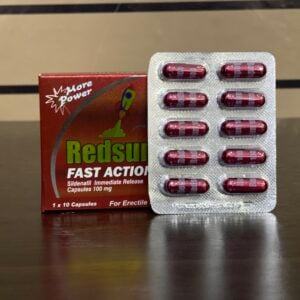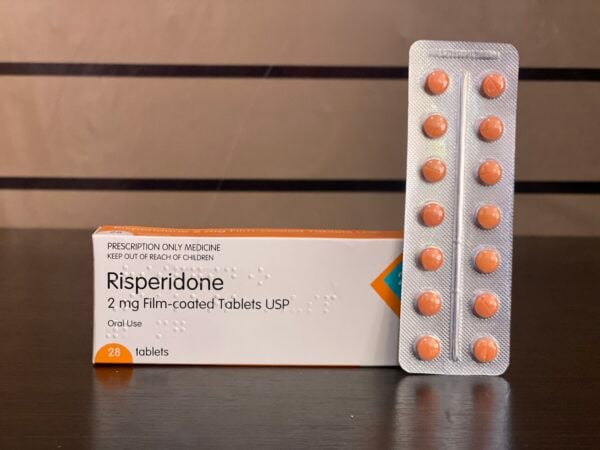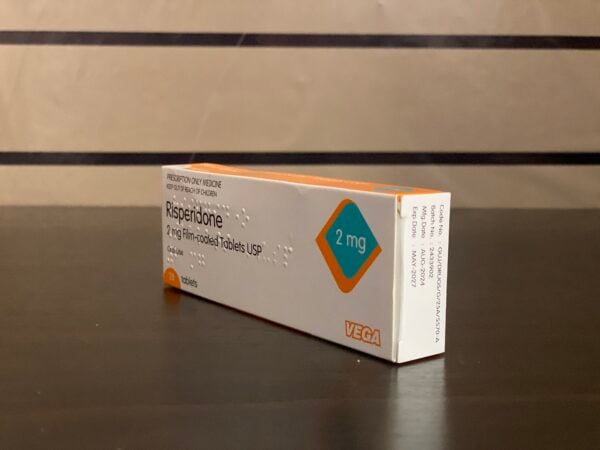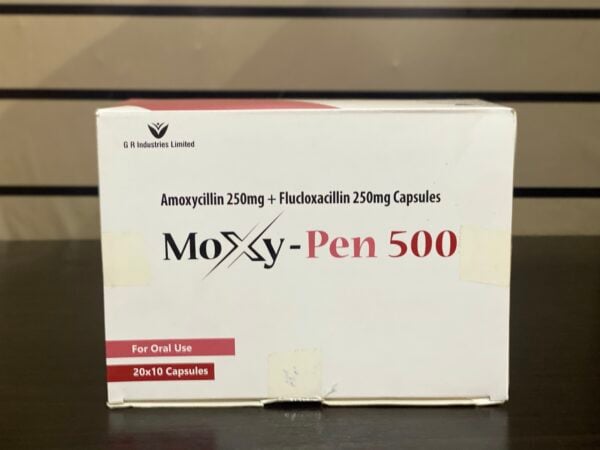Description
An adult nasal oxygen mask (or more generally an oxygen face mask or nasal cannula / non‑rebreather / simple mask) is a medical device used to deliver supplemental oxygen to adult patients who need assistance with breathing or have low blood oxygen levels. The mask covers the nose and mouth (unless it’s a nasal cannula, which delivers oxygen via prongs in the nostrils), connecting to an oxygen source (tank, concentrator, wall supply) via tubing. Some masks have reservoir bags, check valves, or adjustable flow settings to control oxygen concentration.
Prescription
-
Use under medical order / supervision. The flow rate, oxygen concentration, and type of mask (simple mask, non‑rebreather, Venturi etc.) must be prescribed by a healthcare professional.
-
Typically not a prescription “medication”, but a medical device requiring skilled use. Non‑rebreather masks are emergency devices in most hospitals.
Therapeutic Category
-
Oxygen Therapy / Respiratory Support / Medical Device for Pulmonary Care.
-
Used in hypoxemia, respiratory distress, post‐operative care, during or after anesthesia, COPD exacerbations, acute lung injuries, and emergency/hospital settings.
Active Ingredients / Composition
-
Composition refers to materials & design: usually clear medical‑grade plastic (PVC or similar), elastic or fabric head straps, soft face seal, tubing, sometimes reservoir bags and one‑way valves for non‑rebreather masks.
Consume Type (Route of Use)
Directions / Usage
Key usage steps and guidance:
-
Setup: Connect mask / cannula to oxygen source; ensure tubing, connectors are secure.
-
Flow Rate: Set the oxygen flow rate as prescribed (could be low flow ~1‑6 L/min for simple mask or cannula; higher (~10‑15 L/min) for non‑rebreather masks).
-
Fitting: Mask should seal well over nose & mouth; straps must be adjusted; ensure comfort and minimal leak.
-
Monitoring: Monitor oxygen saturation (SpO₂), respiratory rate. Adjust as needed if hypoxia persists.
-
Duration: Use as needed per medical guidance. Non‑rebreather masks often for short / emergency periods.
Common Side Effects / Risks
Using oxygen masks can carry risks and side effects:
-
Skin irritation or pressure sores where mask contacts face
-
Drying of airways / dry nose or mouth
-
CO₂ rebreathing if mask / reservoir not functioning or flow rate too low
-
Claustrophobia or discomfort
-
Risk of fire hazard; oxygen supports combustion
-
Over‑oxygenation in some patients (e.g. certain COPD patients) leading to CO₂ retention
Package Type
-
Sealed plastic or poly bag; single‑use (disposable) in many settings.
-
Sterile or non‑sterile depending on type; often non‑sterile for general oxygen masks.
-
Comes with elastic straps or head bands, reservoir bags (if applicable), tubing.
Storage Advice
-
Store in a clean, dry place away from dust, contaminants.
-
Protect tubing and mask from damage, kinks.
-
Avoid exposure to extreme heat or direct sunlight which can degrade plastic.
-
Keep in original packaging until use to maintain cleanliness.
Safety Advice
-
Ensure oxygen supply is pure and regulated; check for leaks.
-
Never smoke or allow open flames near oxygen equipment.
-
Ensure mask fits properly; poor fit reduces effectiveness and wastes oxygen.
-
Avoid excessive flow unless prescribed. For some conditions (like COPD), too much oxygen can be harmful.
-
Clean reusable masks/tubing per instructions; single‑use devices should not be reused.
-
Staff / caregivers must be trained to use appropriately.
Product Substitutes
-
Nasal cannulaes (for lower flow)
-
Venturi masks (for controlled FiO₂ delivery)
-
Non‑rebreather mask for high concentration oxygen
-
Simple face mask as intermediate option
Which substitute is appropriate depends on the patient’s oxygen saturation, respiratory effort, and medical condition.
 Avancor 500mg-metformin/blister
×
₵3.501 × ₵3.50
Avancor 500mg-metformin/blister
×
₵3.501 × ₵3.50![Afridol [Diclofenac + Paracetamol] Tablet](https://www.scabpharmacy.com/wp-content/uploads/2025/08/Afridol-tabs-300x300.jpg) Afridol [Diclofenac + Paracetamol] Tablet
×
₵5.001 × ₵5.00
Afridol [Diclofenac + Paracetamol] Tablet
×
₵5.001 × ₵5.00 Fluxamox Capsule 500mg 10's
×
₵23.001 × ₵23.00
Fluxamox Capsule 500mg 10's
×
₵23.001 × ₵23.00 Dynewell Tablets
×
₵1.001 × ₵1.00
Dynewell Tablets
×
₵1.001 × ₵1.00 Amokxinate 228.5mg Suspension
×
₵43.001 × ₵43.00
Amokxinate 228.5mg Suspension
×
₵43.001 × ₵43.00 Cowbell Coffee Sachet
×
₵4.701 × ₵4.70
Cowbell Coffee Sachet
×
₵4.701 × ₵4.70 Redsun 100mg
×
₵4.001 × ₵4.00
Redsun 100mg
×
₵4.001 × ₵4.00 Benzathine Penicillin Injection
×
₵12.001 × ₵12.00
Benzathine Penicillin Injection
×
₵12.001 × ₵12.00





Reviews
There are no reviews yet.